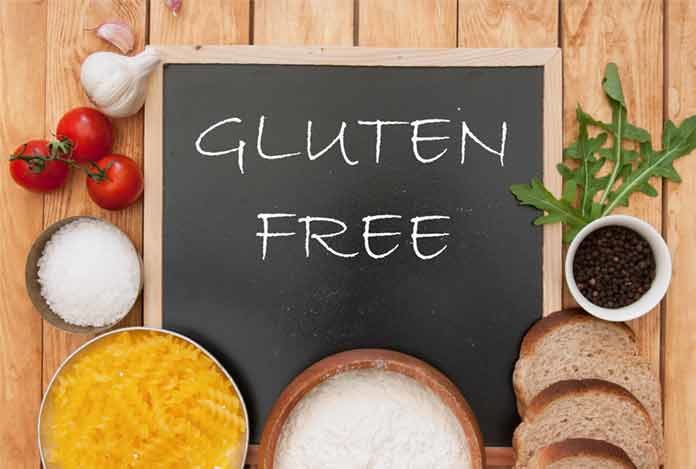
Approximately, 2 million Americans suffer from celiac disease – an inherited, autoimmune disorder. The symptoms of this disease are caused due to the consumption of food containing gluten. Like many other autoimmune diseases, the initial symptoms can be induced by physical and mental stress.
People suffering from celiac disease need to consume a gluten-free diet for their whole life. Even consuming a small amount of gluten may affect the small intestine. However, following a gluten-free diet can completely fix the symptoms. This not only promotes the healing of intestinal damage and also prevents further damage.
Studies suggest that patients, who consider gluten-free diet seriously, significantly reduce the long-term negative effects of gluten-induced damage, such as bone deterioration and even cancer. [1]
There are many studies and success stories that have been shared by the fellows of the University of Arizona Integrative Medicine to corroborated the existence of a not-so-severe condition, called non-celiac gluten sensitivity. If you feel that this may affect you, you can opt for a three-week trial of gluten-free diet.
Dr. Andrew Weil suggests that before you opt for the elimination of gluten from your diet, you may consider the following points:
1. Avoid Foods Containing Gluten
Avoid all the foods that contain oats, wheat, rye and barley. However, oats are scientifically considered as free of gluten. But, still, being on a safer side, go for a gluten-free version of oats during the initial phase of your gluten elimination. Rice, corn, cassava, beans, millet, chia and nut flour are some starch-containing food that are gluten free.
2. Read the Labels Carefully
When on a gluten-free diet, it is really important to read the food labels. Gluten can be present in soy sauce, candies, dressings and soups. You must be conscious about food additives and ingredients like hydrolyzed vegetable protein (HVP), starch, hydrolyzed plant protein (HPP), binders, excipients, malt, natural flavoring agents, texturized vegetable protein (TVP) and extenders; everything that may suggest the presence of gluten. You can install an app on your phone to sort out the confusion or you can simply make sure that your packaged food is labeled as gluten free.
3. Use Gluten-Free Products
Look for the retailer or grocers that specifically deal with gluten-free products in your locality or vicinity. In such stores gluten-free mixes for muffins, pizza dough and pancakes are available. However, this should be kept in mind that these should be relished only occasionally as they are processed foods. Instead, focus more on vegetables, fruits, nuts, organic meats, fish and egg.
4. Know Your Product
Find out where gluten can be hidden in the products you use daily. These may include stamp and paper adhesive, skincare products and even some medicines. Not all the supplements, vitamins and medicines are gluten free. So make sure to read the label before you purchase such stuffs.










